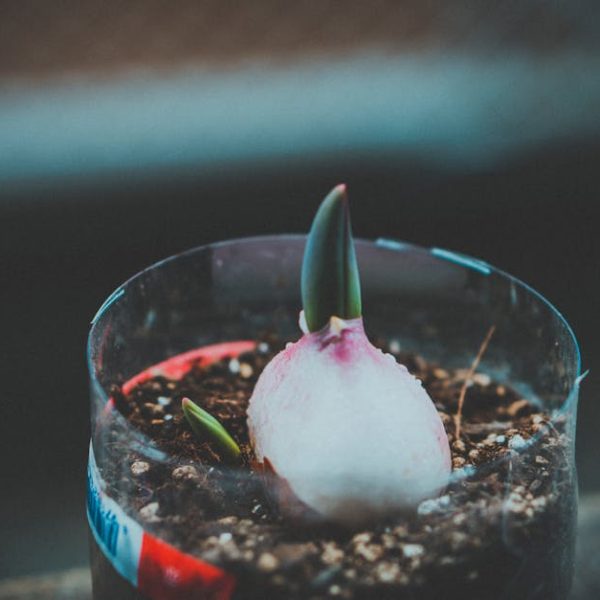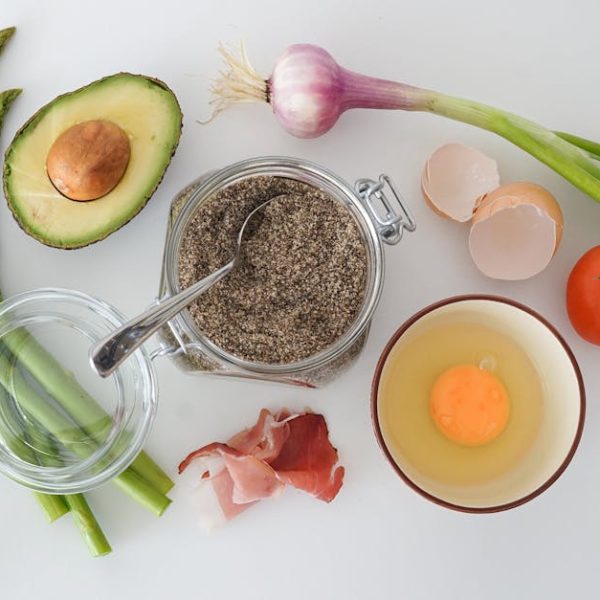Tan and lean, with crisp, water-packed stems and fibrous leaves, celery is a kitchen staple with versatility: crunched raw, cooked until tender, blended into smoothies, or juiced. But how can this salubrious vegetable stay fresh? And how can we maximize its shelf life while preserving its quality?
Freshest Celery: Identifying the Quality
Identifying freshness in celery begins with a keen understanding of color, texture, and fragrance.
Live-green celery with taut, crisp stems and sprightly leaves indicates prime freshness. Contrastingly, wilted, bendable stems, fading to a pale yellow-green, suggest staleness. Furthermore, quality celery emits a fresh, strong, and vegetal scent—never a potent or almost nonexistent aroma.
Utilize these cues—look, touch, smell—when buying celery:
- Look: Vibrant, not faded green color.
- Touch: Firm and crisp texture, not limp or bendable.
- Smell: Fresh and strong scent, not too weak or too overpowering.
For a comparative view, consider Fresh Vs Stale celery characteristics:
| Features | Fresh | Stale |
|---|---|---|
| Color | Vibrant green | Yellow-green |
| Texture | Firm, crisp | Limp, bendable |
| Scent | Fresh, strong | Weak or potent |
Storing Fresh Celery: Ideal Techniques
How we store fresh celery impacts its longevity—getting this right could extend its freshness by weeks.
Primarily, keep celery stems intact until needed to preserve moisture. Next, swaddle the celery in a plastic bag or aluminum foil – this protects the crispness. Lastly, relegate it to the crisper drawer of your refrigerator. There, the distinct cool and humid environment will help prolong its shelf life.
To optimize storage, remember these key directions:
- Keep it whole
- Use a plastic bag or aluminum foil wrap
- Store in the crisper drawer of your refrigerator
And articulate these best practices:
- Don’t wash celery until you’re ready to use it – water hastens spoilage
- Trim its base and leaves if you’re not consuming within a week to limit the decay process.
Fresh Celery: Refrigerator Shelf Life
Surprisingly, fresh celery can last for up to three weeks in the refrigerator if stored properly. However, once chopped, its shelf life dwindles to approximately one week, as the cut surfaces expose more plant cells to air, speeding up decay.
Remember:
- Whole celery: Approximately 2-3 weeks
- Cut celery: Roughly 1 week
Pro Tip: Regularly inspect celery for signs of spoilage such as a strong odor, sliminess, or discoloration—indications that it’s time to toss it out.
Cooked Celery: Shelf Life and Storage
Cooked celery, like most cooked vegetables, can get a bum deal in the shelf life department—typically lasting only 3-5 days in the fridge. Proper and timely storage, though, is key in prolonging its freshness and preventing bacteria from making a speedy entrance.
When storing cooked celery, ensure to:
- Store it in an airtight container to prevent moisture and contaminant exposure
- Allow it to cool before refrigerating—placing hot food into the fridge can increase the overall temperature, fostering bacteria growth
- Consume within 3-5 days for optimal freshness or freeze if needed beyond this timeframe
Pro Tip: When reheating cooked celery, ensure it reaches a proper temperature (165°F or 74°C) to kill any potential bacteria, enhancing its safety and taste.
Freezing Celery for Extended Shelf Life
Freezing celery can extend its life exponentially—surprisingly, up to a year! However, due to the high water content of celery, freezing does switch up the texture, causing it to go from crisp to a softer, cooked consistency after thawing.
If you’re happy to trade crunchiness for longevity, follow this freeze-guide:
- Wash and cut celery into desired sizes—this prepares it for easy, ready-to-go use
- Blanch for 3 minutes—this slows enzymes that cause spoilage
- Cool and dry before sealing in freezer-safe bags—this prevents ice crystal formation.
To weigh up the trade-offs, consider these pros and cons of freezing celery:
| Pros and Cons | Pros | Cons |
|---|---|---|
| Life Extension | Can extend life up to a year | Requires time and effort in preparation |
| Cooked Use | Excellent for soups and stews | Texture becomes soft, not suitable for raw eating |
Needlessly tossing away celery is a thing of the past! With an understanding of its freshness indicators, storage methods, and shelf-life extenders, you’re now equipped to maximize your celery’s life and reduce wastage. Happy crunching!
Key Takeaway:
- Freshness of celery can be determined by color, texture, and fragrance.
- Optimal storage of celery includes keeping it whole, wrapping in plastic bag or foil and refrigerating in the crisper drawer.
- Fresh celery can last for 2-3 weeks if stored correctly.
- Cooked celery lasts approximately 3-5 days in the refrigerator and should be stored in airtight containers.
- Freezing celery extends its life up to a year, however, the texture will be altered, making it more suitable for cooked dishes.
Enjoy your celery with peace of mind knowing you can attain its maximum freshness by following these storage principles and recognizing the signals of staleness. Be ready for a prolonged crunch value and high quality that will extend your celery’s usability.
FAQs
Q: Can I still eat celery if it’s limp?
A: While limp celery isn’t harmful to eat, it may not provide the desirable crunchy texture. You can attempt to revive its crispness by placing the ends in a glass of water and refrigerating for a bit.
Q: How can I tell if my cooked celery has gone bad?
A: Signs of spoilage include strong odor, sliminess or discoloration. It’s advisable not to consume it once these signs are apparent.
Q: Does freezing kill any nutrients in celery?
A: Minimal amount of nutrients might be lost during blanching, but the majority of nutrients remain intact during freezing.
Q: Can I freeze whole stalks of celery?
A: You can, although cutting it into smaller pieces before freezing makes it more convenient for future use.
Q: Why should I cool the cooked celery before refrigerating?
A: Placing hot food into the fridge can increase the overall temperature which can foster bacteria growth. Always let it cool before storing.
Feel free to share this article with fellow celery enthusiasts and don’t forget to explore more posts on our website for further insights on maximizing freshness of other produce.






